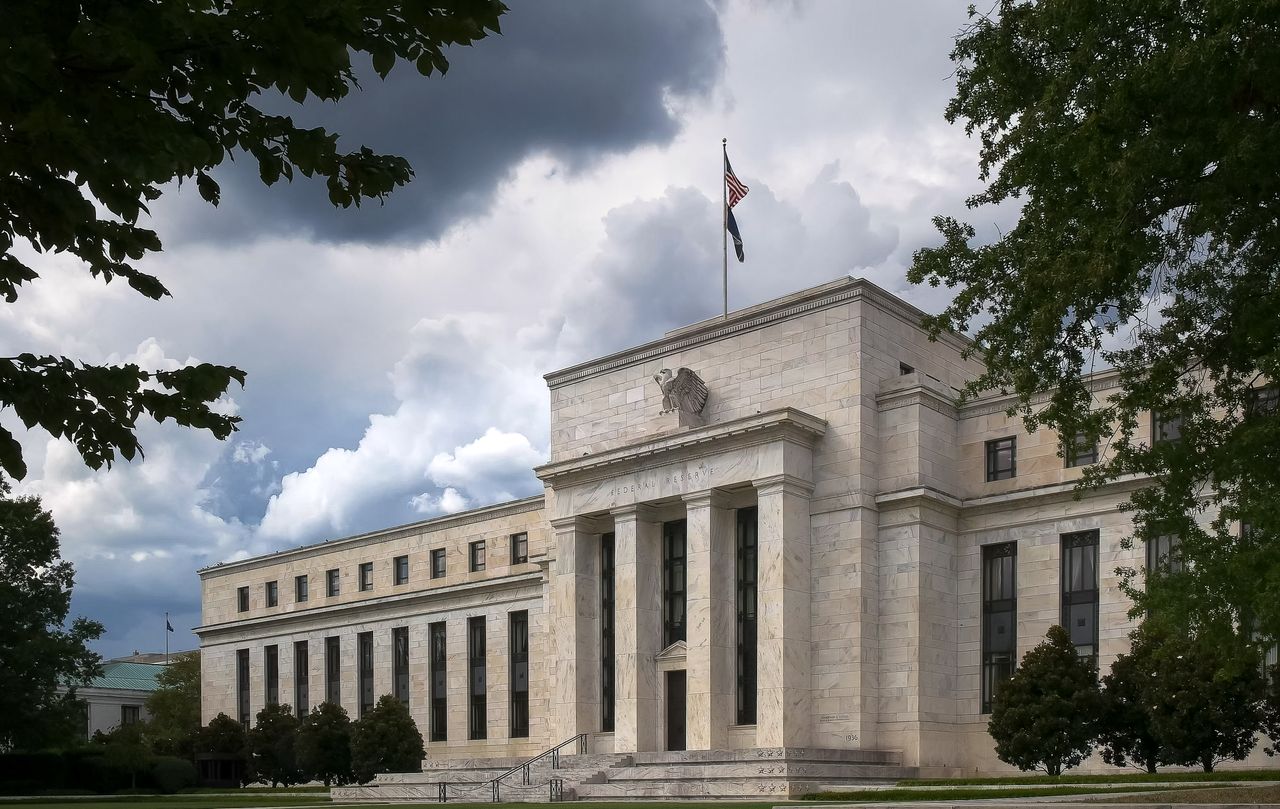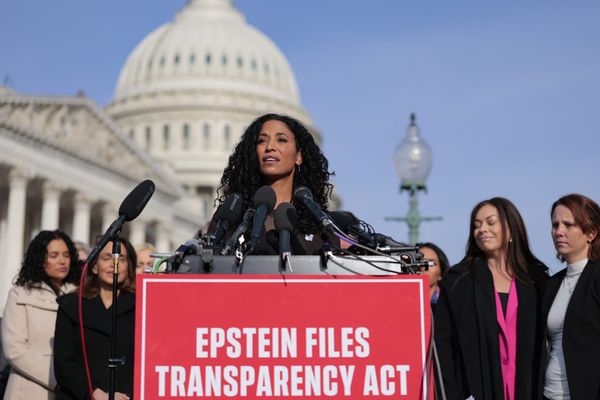
As was widely expected, the Federal Reserve cut its benchmark interest rate by 25 basis points at its September 16-17 meeting. And more rate cuts are coming, probably as soon as the next Fed meeting on October 28-29.
The Fed cut the target range for the federal funds rate to 4.00% to 4.25% because of deteriorating incoming labor market conditions, despite Bureau of Economic Analysis showing better-than-expected second-quarter GDP growth.
The government shutdown has stopped the flow of information from the Bureau of Labor Statistics, but reports from private sources continue to confirm a more difficult environment for workers and consumers.
As of October 8, the CME Group's FedWatch tool – which tracks the implied probability of Fed moves based on 30-day fed funds futures – showed a 92.5% probability the Fed will cut by another 25 basis points, or 0.25%, later this month.
Still, inflation remains a major if not primary concern for Fed Chair Jerome Powell as President Donald Trump's tariffs and other policies work their way through the global economy.
Still, the target range for the fed funds rate is likely headed lower by the end of the year. So, what would lower interest rates mean for investors?
Let's break it down.
The Fed (usually) doesn't control long-term interest rates
The Fed's primary monetary policy tool is the federal funds rate – the interest rate at which commercial banks lend excess reserves to one another overnight.
When the Fed adjusts the target range for the fed funds rate, effects ripple across banks and through the economy.
The prime rate, which banks charge their most creditworthy customers, is closely tied to the fed funds rate. And most other loans – credit cards, small business loans, etc. – are priced as a spread above prime.
The Fed can also influence long-term interest rates by buying or selling longer-dated bonds, a strategy known as quantitative easing. But this is less common and generally reserved for emergency conditions, as in the 2008-09 Global Financial Crisis and again during COVID in 2020–21.
No significant bond-buying is expected this year.
What lower interest rates mean for bonds, savings accounts and other income investments
Lower short-term interest rates will likely lead to a steepening yield curve – short-term yields fall while long-term yields rise.
This typically happens because lower rates spur inflation expectations, pushing up long-term yields.
As a result, we can expect savings accounts, money market funds and Treasury bills to offer slightly lower yields.
And longer-term bonds, with maturities of 10 years to 30 years – may become marginally more attractive, potentially offering higher yields.
One important note: We probably won't see much of an effect on fixed-rate mortgages, as these tend to track longer-term interest rates.

How ETFs are doing during the second Trump administration
All else being equal, a more accommodative Fed is generally good for the stock market.
Lower interest rates stimulate economic growth, which boosts corporate earnings; reduce borrowing costs, which improves profit margins; and make stocks more attractive relative to fixed-income alternatives.
An investor might be content to sit in a money market fund yielding 5%. But if that yield drops to 3% or lower, they might be more inclined to take risk in the stock market in search of better returns.
As rates fall, money tends to flow into equities.
Which sectors benefit most from lower interest rates?
In a falling-interest-rate environment, growth stocks – particularly tech, small-caps and other companies dependent on expectations of future earnings – tend to benefit most. This happens for two reasons.
Capital is cheaper, and young, fast-growing companies often rely on external funding. Lower interest rates reduce their cost of capital.
And valuation math favors growth. Lower interest rates increase the present value of future profits, which boosts valuations for companies with long-term earnings potential.
Tech stocks and small-cap stocks as well as other high-growth sectors may get a tailwind when the Fed starts cutting interest rates again.
At the same time, interest rates aren't the only factor to consider when it comes to buying stocks.
The Fed typically cuts rates aggressively when economic conditions are weakening – and that can be bad for stocks overall.
Bottom line: Rate cuts are coming, eventually, and certain sectors may benefit. But stay diversified, manage your risk and don't blindly chase momentum.







